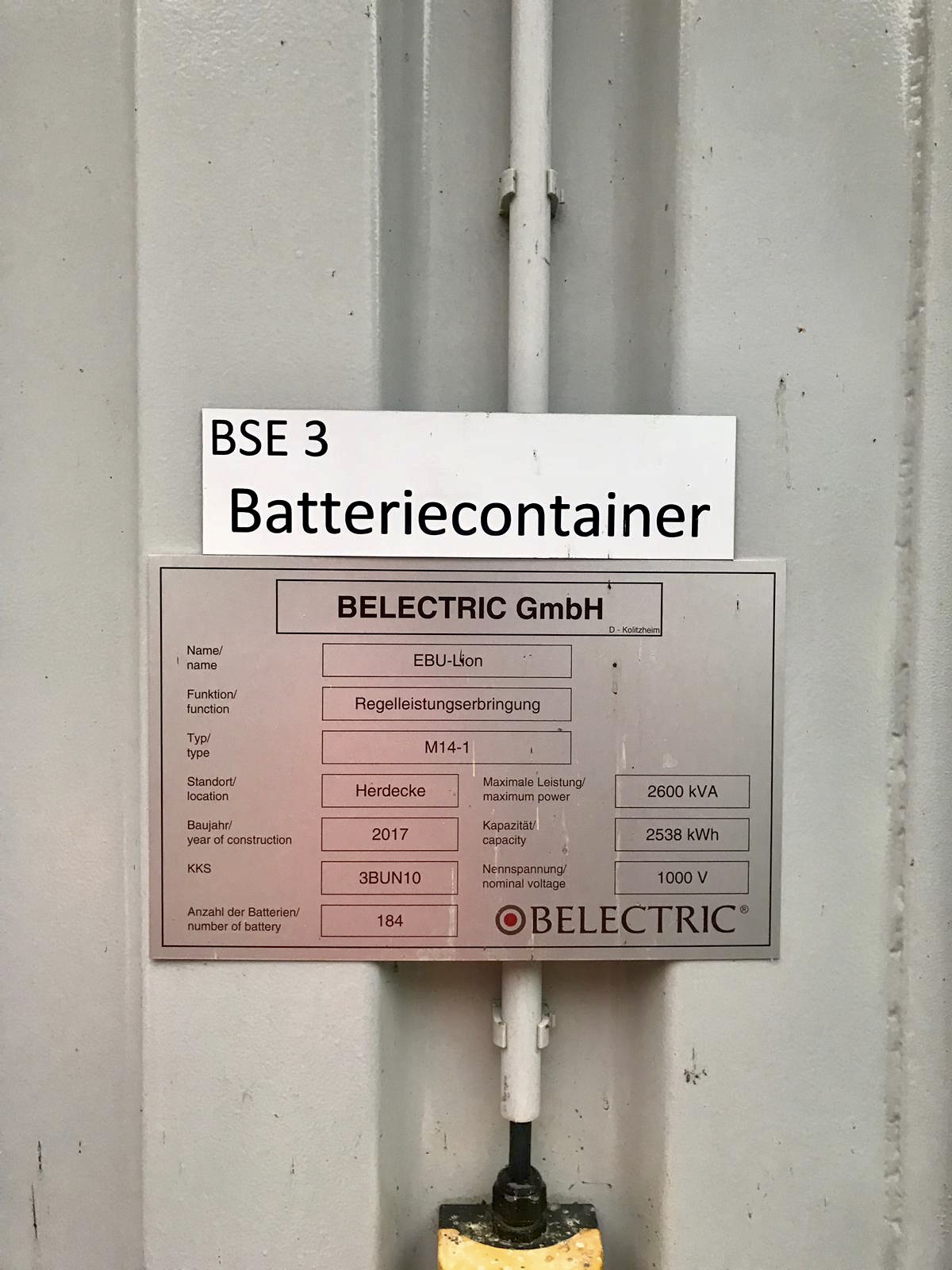Weather, as we know, is inconsistent. This fact presents a unique challenge when it comes to renewable energy, the output of which is inherently variable due to the ever-changing weather. The UK experienced a groundbreaking shift in October 2018 when, for the first time, renewable energy capacity surpassed fossil fuels. A testament to the country’s steadfast commitment to reducing carbon emissions.
So where do batteries fit into this narrative?
Renewable energy sources like wind and solar are naturally variable; the wind fluctuates and the sun goes to bed at night. As we inject more and more intermittent renewable generation into our power supply, we’re fundamentally changing the nature of the system – it’s like we’re removing the guardrails.
Traditionally, our grid relied on a property called system inertia, a natural resilience against frequency disturbances provided by the heavy rotating machinery in power plants. The transition to renewable energy has made our grid more vulnerable to changes in frequency. To ensure security and quality of electricity supply across Britain, we need robust balancing services that can respond quickly and effectively. This is where the humble battery steps into the limelight.

UK Capacity in GW
When Batteries and Renewable Energy Work in Tandem: A German Case Study
To illustrate the role batteries can play, let’s take a virtual trip to Herdecke, Germany. Along the River Ruhr, a colossal battery storage facility has found its home. This facility works in perfect harmony with an existing pumped-storage hydro plant, automatically balancing supply and demand through a state-of-the-art load control system.
This gigantic power bank is composed of over 550 hefty battery modules, each tipping the scales at over 120 kilos. Interestingly, these modules are produced by Daimler and are identical to those found in their Mercedes electric cars. Capable of storing and discharging 7 MWh of power, this facility is nothing short of impressive.

Shaping the Future of Energy
As our grid expands, the task of balancing supply and demand becomes increasingly complex. This necessitates the synchronised operation of multiple devices across the grid. In response to this challenge, the National Grid has launched the Enhanced Frequency Control Capability (EFCC), a pioneering three-year project that will use battery storage to coordinate quick responses to changes in electricity demand.
However, it’s important to note that this is not a one-size-fits-all solution. Various types of batteries exist, from flow batteries to lithium-ion and lead-acid, and their suitability depends on several factors such as response time, battery recycle rate, and power to capacity ratio.
From Grids to Homes
The application of batteries goes beyond local grids and corporate utilities. Giants like Tesla and Mercedes offer high-capacity lithium-ion batteries for everyday consumers to store energy produced by their solar panels. This bridges the gap between the variable energy production of solar panels and the consistent energy demands of households, particularly in the evenings.

And it doesn’t stop there. We’re witnessing the emergence of Smart Home technologies and devices that tap into the stored power of our cars and other appliances. By intelligently managing our energy usage, we’re reducing costs while enhancing the efficiency of supply and demand.
Looking forward, we anticipate a seamless coordination between industrial and domestic systems to ensure a reliable power supply. Already, start-ups like Piclo Flex are creating innovative systems that function as flexibility marketplaces for Distribution System Operators (DSOs), laying the groundwork for the future of energy.
With every passing day, we’re moving closer to a world where weather, far from being a capricious variable, becomes a reliable ally in our collective endeavour towards sustainable energy. And at the heart of this transformation is a humble yet powerful invention: the battery.

